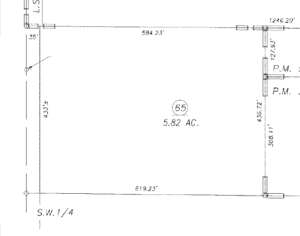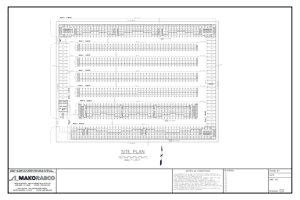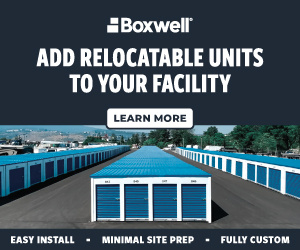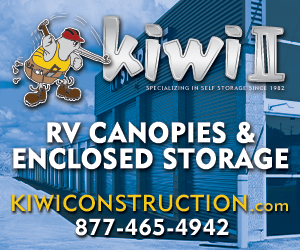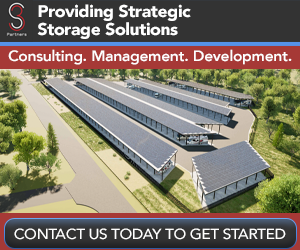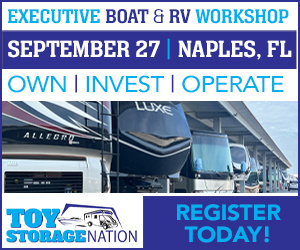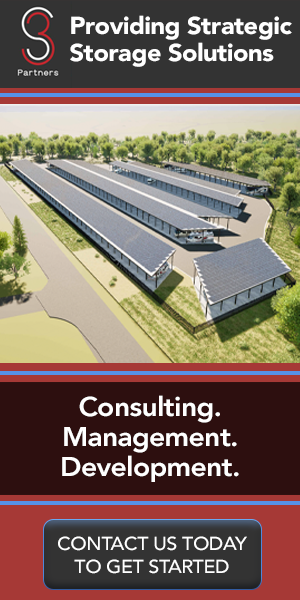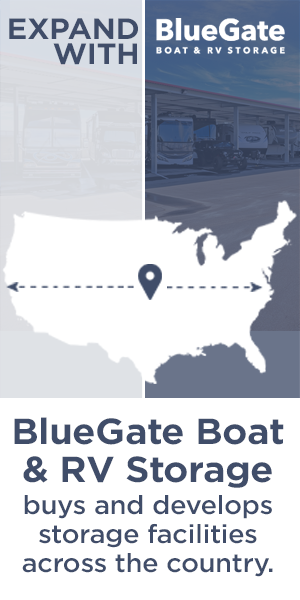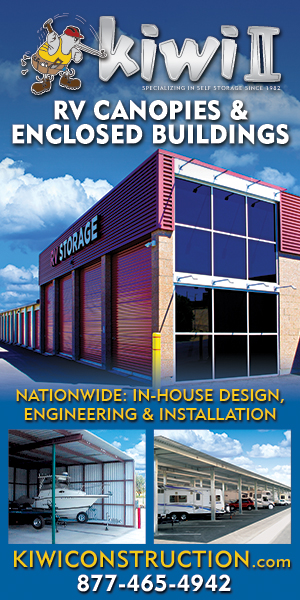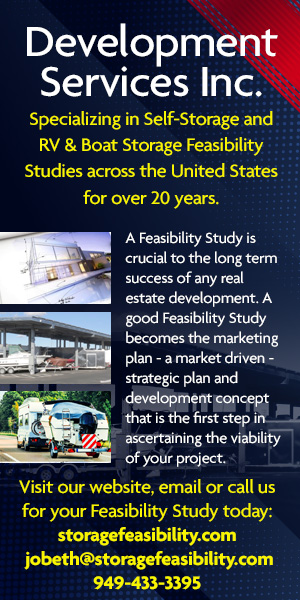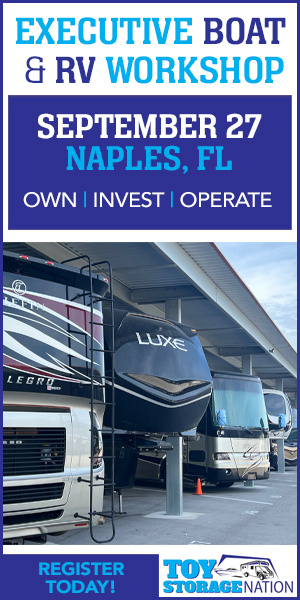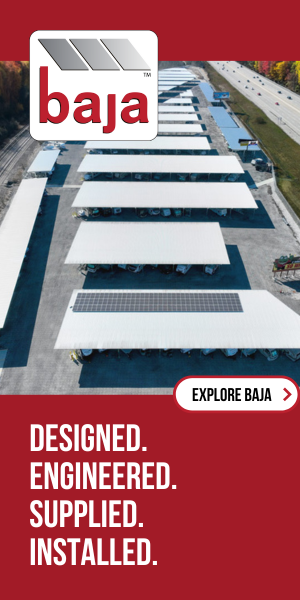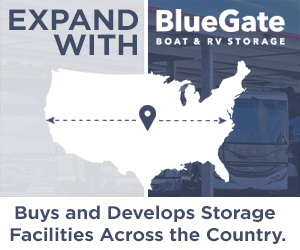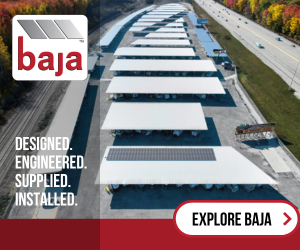By MakoRabco
The Conceptual Site Plan in Early Development
Embarking on an RV and boat storage development project is an exciting endeavor, but, similar to self-storage development, it can also be a complex and costly one. Before you dive headfirst into the world of architectural blueprints and construction, there’s a crucial step that often gets overlooked but plays a pivotal role in ensuring your project’s success – the conceptual site plan.
What Is a Conceptual Site Plan?
A conceptual site plan is a fundamental, non-architectural document that lays the foundation for your project. It’s a visual representation of your ideas and vision, showcasing the layout of your facility, its potential and the key elements that will make it a success. This preliminary plan provides a roadmap for the launch of the project, helping guide decisions and actions to get the project to the next step.
Go from this simple parcel map
To this concept plan and unit analysis
*Results based on further information attained by filling out the MakoRabco Conceptual Site Plan Form
Unlocking the Power of a Conceptual Site Plan: Why It Matters
Clarity of Vision
A conceptual site plan helps you crystallize your vision for self-storage or RV/boat storage facility. It’s the first step in turning your ideas into reality. By putting your thoughts on paper (or screen), you gain a clearer understanding of what you want to achieve. This clarity is invaluable in ensuring that your project stays on course and aligns with your objectives.
Informed Decision-Making
Before committing substantial resources, you need to make informed decisions. A conceptual site plan allows you to assess the feasibility of your project and make adjustments where necessary. It’s a cost-effective way to test different layouts, features and amenities to see what works best for your target market and budget.
Attracting Investors and Lenders
When seeking funding for your self-storage project, investors and lenders want to see that you’ve thought through your concept thoroughly. A well-prepared conceptual site plan demonstrates your commitment to the project and enhances your credibility. It provides tangible evidence that you’ve done your homework and are prepared for the next steps.
Identifying Challenges Early
Self-storage and RV/boat storage development projects often comes with unexpected challenges. A conceptual site plan serves as a proactive tool for identifying potential issues or roadblocks before they become major obstacles. This early awareness can save you both time and money by allowing you to address concerns during the planning phase.
Effective Communication
Effective communication among stakeholders is essential for project success. A conceptual site plan serves as a common reference point for everyone involved, from architects and engineers to investors and contractors. It ensures that all parties are on the same page, minimizing misunderstandings and misinterpretations.
Land, Feasibility and Concept Plans
Embarking on a development project, whether it’s a commercial venture or a personal dream, is an exciting journey. It often begins with a vision of what you want to create and achieve. While the allure of diving into the creative aspects, such as conceptual site planning, is undeniable, taking a step back to conduct a feasibility report before creating a concept site plan is a strategic move that can save you time, money and heartache in the long run.
Start off by identifying a potential site, then take the next crucial step and conduct a thorough feasibility study. This comprehensive analysis evaluates various factors such as market demand, financial viability, regulatory requirements, and potential risks associated with the project.
Armed with the insights gained from the feasibility study, the project stakeholders can then move forward with confidence to create a concept plan. This conceptual site plan serves as the blueprint that visualizes the project’s layout, design, and key elements based on a well-informed understanding of its feasibility, ensuring that the development aligns with both the vision and the practical realities of the chosen location.
Part Two of this story discusses the 10 steps you’ll need to take from creating the concept plan to successfully opening your storage facility.










